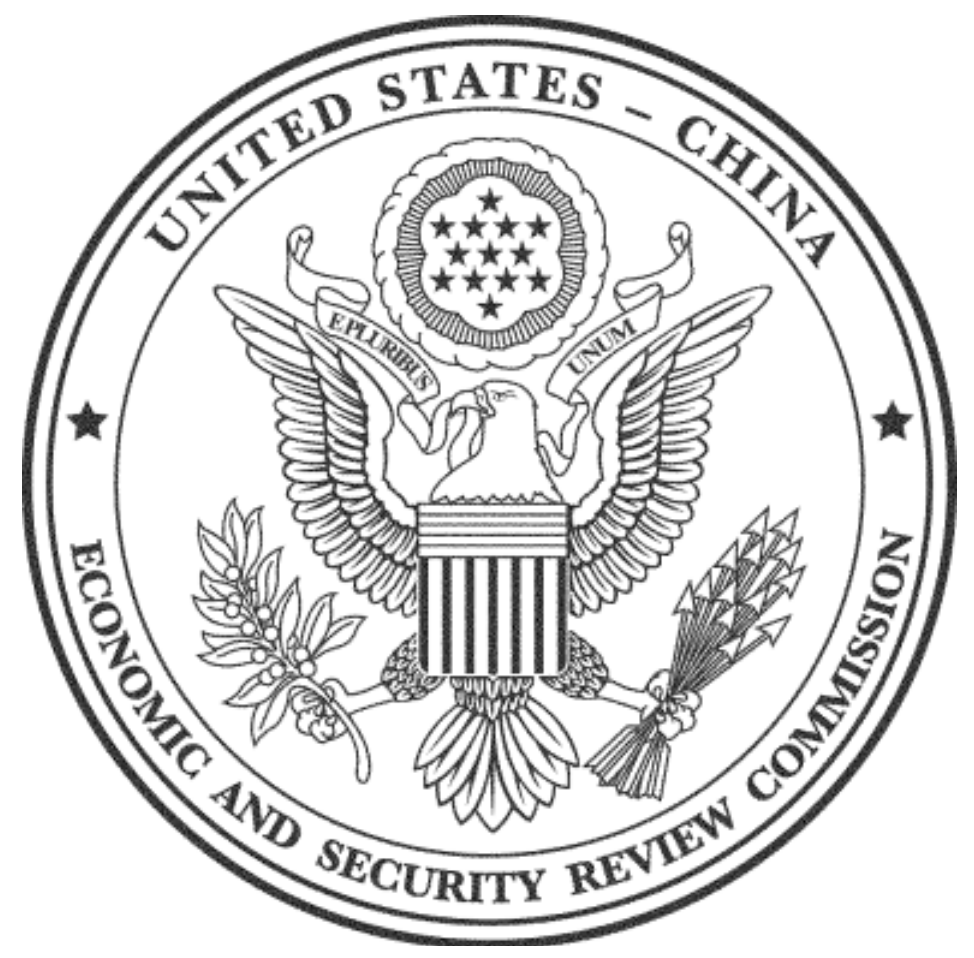Blog Post
Germany’s current account surplus and corporate investment
Following the 1990s post-reunification period and since the beginning of monetary union, Germany's current account has grown substantially. In the crisis years, Germany’s lost about 15 percentage points of GDP in its external investments, but the position continues to grow nevertheless. What are the drivers behind Germany’s current account surplus?
This blog post is a chapter of the e-book “Explaining Germany’s Exceptional Recovery” edited by Dalia Marin.
Germany’s current account surplus is unusually, and persistently, large. It was above €250 billion euros in 2017, the third consecutive year with a current account surplus above 7.8% of GDP (IMF 2017). To put this into context, of the 193 countries listed in the IMF’s World Economic Outlook between 1999 and 2017 (totalling some 3,570 available observations of current accounts), there were only 238 episodes of three consecutive surpluses of more than 7.8% of GDP. Among those 238, the vast majority were countries that are either raw material and/or oil producers, with only a handful of countries other than raw material producers.[1]
Following the 1990s post-reunification period, during which Germany ran a slightly negative current account, and since the beginning of monetary union, the current account has grown substantially. One difficulty in analysing Germany’s current account is that German reunification was a substantial shock that lowered the country’s traditional current account surplus as far as into negative territory. The numbers given below start with monetary unification, but also reflect the gradual phasing out of the reunification effects.
With persistent large current account surpluses, Germany became a large creditor: its net international investment position is now above 50% of GDP. In the crisis years of 2007-2011, Germany’s lost about 15 percentage points of GDP in its external investments, but the position continues to grow nevertheless.[2]
According to the IMF’s External Balance Assessment analysis for 2016, only around half of the current account surplus can be explained by fundamentals such as productivity and an ageing population.[3] Although these estimations are controversial, it seems evident that there is a further need to explore the drivers behind Germany’s current account surplus.
The corporate sector is behind increase in current account
National accounting allows the current account to be broken down into the difference between the saving and the investment of all domestic sectors of the economy (i.e. the net lending of all domestic sectors). Table 1 breaks down the increase in Germany’s net lending from 1999 to 2016.[4] It increased by more than 9 percentage points of GDP, with by far the largest contribution coming from the non-financial corporate sector, followed by government, and only then by households. Meanwhile, the financial sector itself has turned to a slight borrowing position.
Contrary to often-stated claims, then, it is not German households that have driven the increase in Germany’s current account. They have not become even thriftier because of ageing, not least because demographic profiles don’t change that much in the course of 18 years. Instead, the dynamics of the current account increase are a reflection of a profound change in the net lending behaviour of companies located in Germany.
Corporate savings are up…
What, then, is behind this changing behaviour in corporate net lending? National account data show that the 5 percentage point shift in the corporate net lending position is due to both an increase in gross savings (around 3 percentage points of GDP) and a decrease in corporate investments (around 2 percentage points of GDP). The increase in gross savings up to 2007 can be traced back to a fall in the compensation of employees (Ruscher and Wolff 2013). After this, the trend seems to reverse and a lower interest burden on property seems to have increased savings, while employees’ compensation has been slowly recovering. The gross operating surplus increased up to 2017, but then reversed to some extent. Overall, the German corporate sector has been deleveraging for more than 15 years.
…and corporate investment is weak
To better understand these macroeconomically significant movements, the figures below put key German developments into perspective with three international peers: France, Italy, and the US. The 2 percentage point fall in corporate investment has had profound effects on Germany’s capital stock relative to these peers (Figure 1).
Investment has been disappointing in both the manufacturing and the services sector (Figure 2). It is notable that throughout the monetary union period, Germany has been investing less in manufacturing than both Italy and France. And only with the crisis of 2008 has Italy’s investment in the service sector fallen substantially below that of Germany, while France has invested more in the sector than Germany almost continuously throughout monetary union.
Figure 2 Gross fixed capital formation (% of gross value added)
Note: Services comprises NACE sectors J-K and M-N.
Source: Eurostat, national accounts.
In addition to looking at the sectoral decomposition of investment, one can also study the type of investment – i.e. tangible versus intangible. Intangible investment in particular has been weak in Germany compared to France and the US, but even compared to Italy.
Note: Business sector includes NACE codes A-N (excl L) plus R and S; Intangible (NA) GFCF is intangible investment included in the national accounts (Eurostat and BEA definition = Intellectual property products); Intangible (not NA) comprises intangible GFCF not included in the national accounts and is based on INTAN-Invest estimations.
Meanwhile, German employment has performed extremely well compared to its peers (Figure 4). The end result has been that Germany’s capital-to-labour ratio has increased least among all four peers. Compared to the US and France, the gap that has built up amounts to 15-25%.
Conclusions and policy implications
In this chapter, I have shown that Germany’s current account is highly unusual and that it is driven by the corporate sector and, to a certain extent, by the government sector. In the corporate sector, savings have gone up with initially falling labour compensation, while corporate investment has been falling and weak throughout. Three major conclusions can be drawn from this empirical picture.
- German and European policymakers should pay full attention to Germany’s current account. To dismiss it as ‘irrelevant’ or ‘outside the control of policymakers’ is to belittle a highly unusual phenomenon that most likely is the result of something going badly wrong.
- It is important to dismiss outright wrong explanations of the current account. An ageing population cannot explain the massive increase in the current account – the increase has not resulted from the household sector, and nor has the demographic profile changed much. Neither can the decline in corporate investment in Germany be explained by a rise in foreign direct investment, which was 2.4% of GDP in 1999 and 0.7% in 2016, while net FDI into Central and Eastern Europe remained pretty flat at around 0.2% of GDP. Also, references to the common monetary policy and the weak exchange rate are not helpful. While it is true that Germany would have seen the Deutsche Mark appreciate in the current situation, the euro area’s monetary policy cannot target Germany’s current account. Instead, it would be natural to start by looking at the corporate sector directly.
- In contrast, the weakness of manufacturing and intangible investment compared to peers is notable. A lack of investment will put the brakes on wage growth if capital and labour are complements, as the empirical literature suggests (Lawrence 2015). Conversely, low wage growth reduces the need to increase capital investments. The increase in German employment, the weakness of investment, and the fall in the labour share are therefore probably connected, as suggested by Berger and Wolff (2017).
This overall picture calls for a detailed and careful policy analysis, which the incoming German government should undertake. A few suggestions can be made. Beyond the need to drive up public investment (see Fratzscher et al. 2016), the German government should put a strong focus on increasing corporate investment. Increasing the currently low intangible capital stock should be a key priority. The data presented here suggest that the political narrative that Germany has missed the Digital Revolution has some truth to it. But regular investment is also weak, as the data on manufacturing investment have shown. To improve investment conditions in Germany, the country could revisit the regulatory toolbox – the lack of any significant supply-side reforms for at least eight years is notable in this regard. Moreover, at a time when the US has just passed a major corporate tax reform, which also increases tax incentives for investment, it is absolutely crucial for Germany to focus on improving tax conditions for investment. In doing so, the capital stock is likely to increase, allowing Germany to catch up to its peers. A higher capital-to-labour ratio should also increase wage growth further. With such policy measures, Germany’s current account surplus would be set to fall.
References
Berger, B and G B Wolff (2017), “The global decline in the labour income share: is capital the answer to Germany’s current account surplus?”, Bruegel Policy Contribution 12/2017.
Fratzscher, M, M Gornig and A Schiersch (2016), “Weak Corporate Investment Requires Immediate Action”, DIW Economic Bulletin 15/2016: 167-171
IMF (2017), World Economic Outlook, October.
Lawrence, R Z (2015), “Recent Declines in Labor’s Share in US Income: A Preliminary Neoclassical Account”, NBER Working Paper No. 21296
Ruscher, E and G B Wolff (2013), “Corporate balance sheet adjustment: stylized facts, causes and consequences”, Review of Economics 64: 1-21 (earlier version available as Bruegel Working Paper No. 2012/03).
[1] If one excludes raw material and financial services producers, there are five countries with 3-year current account surplus (>8%) that are not raw materials exporters, mineral fuels exporters or financial hubs: Germany, China, Macao, Botswana, and Suriname. The exclusion criteria are: (1) mineral fuels exports as share of GDP > 10% (OPEC membership for countries with missing data); (2) raw materials exports as share of GDP > 5%, (3) financial services exports as share of GDP > 25%; and (4) financial services exports as share of world trade in financial services > 5% (necessary to exclude Hong Kong)
[2] The number is calculated as the gap between the accumulated current account surpluses and the actual NIIP.
[3] For details, see http://www.imf.org/external/np/res/eba/data/EBA-Tables-2016.pdf
[4] Data for 2017 are not yet available, but the first two quarters of 2017 seem to indicate a decrease in corporate net lending.
Republishing and referencing
Bruegel considers itself a public good and takes no institutional standpoint. Anyone is free to republish and/or quote this post without prior consent. Please provide a full reference, clearly stating Bruegel and the relevant author as the source, and include a prominent hyperlink to the original post.






